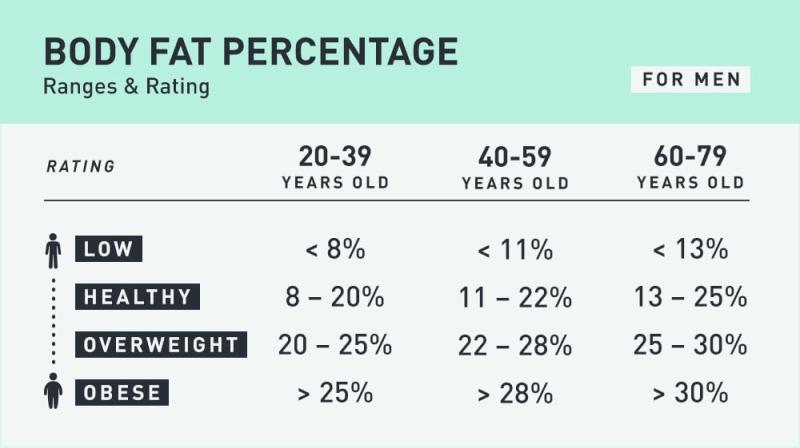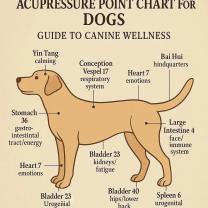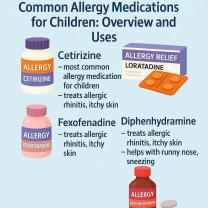How to calculate your body fat percentage?
There are several methods to calculate body fat percentage, each with varying degrees of accuracy and complexity. Here are some common methods:
1. Bioelectrical Impedance Analysis (BIA):
- Description: BIA measures the resistance of electrical flow through the body. Portable devices, such as scales and handheld devices, use this method.
- How to Use: Stand on the device with bare feet, and in some cases, hold the handheld part. The device sends a weak electrical current through your body, and based on the speed of the current, it estimates body fat percentage.
- Considerations: Hydration levels can influence the accuracy of BIA.
2. Skinfold Calipers:
- Description: This method involves measuring skinfold thickness at various sites on the body and using those measurements to estimate body fat.
- How to Use: Pinch and measure skinfold thickness at specific sites (e.g., triceps, abdomen). Use these measurements in a formula to calculate body fat percentage.
- Considerations: Requires practice for accurate measurements. Results can be influenced by the skill of the person conducting the measurements.
3. Dual-Energy X-ray Absorptiometry (DEXA):
- Description: DEXA is a medical imaging technique that measures bone mineral density and body fat percentage.
- How to Use: Lie down on a DEXA scanning table as a low-dose X-ray is passed through the body. The machine calculates body fat based on the amount of X-ray radiation absorbed by different tissues.
- Considerations: DEXA is considered one of the most accurate methods but may not be readily available for routine use.
4. Hydrostatic Weighing:
- Description: This method involves measuring body density by weighing the body in air and then again underwater.
- How to Use: Sit on a special chair and be fully submerged in water. The difference in weight between the two measurements is used to calculate body density, and body fat percentage is estimated from that.
- Considerations: Requires specialized equipment and may not be practical for everyone.
5. Air Displacement Plethysmography (Bod Pod):
- Description: Similar to hydrostatic weighing, the Bod Pod measures body volume and density using air displacement.
- How to Use: Sit in a sealed chamber (Bod Pod) while body volume is assessed by changes in air pressure. Body fat percentage is then calculated from body density.
- Considerations: Availability may be limited, and it may not be as widely accessible as some other methods.
6. Body Mass Index (BMI):
- Description: While not a direct measure of body fat percentage, BMI is a simple calculation using a person's height and weight. It is often used as a quick assessment of body composition.
- How to Use: BMI = (weight in kilograms) / (height in meters)^2. However, BMI does not distinguish between muscle and fat.
7. 3D Body Scanners:
- Description: Advanced 3D body scanners use cameras or lasers to create a 3D model of the body, allowing for a more detailed analysis of body composition.
- How to Use: Stand inside the scanner, and it captures a 3D image, which is then used to estimate body fat percentage.
- Considerations: Availability and accuracy may vary based on the specific technology.
Important Considerations:
- Accuracy: Different methods vary in accuracy. Some are more suitable for rough estimates, while others, like DEXA, are considered more accurate but may be less accessible.
- Consistency: For tracking changes over time, it's important to use the same method consistently.
- Professional Assistance: For certain methods, such as skinfold calipers, having a trained professional perform the measurements can improve accuracy.
- Individual Variability: Results can be influenced by factors like hydration, exercise, and individual variations in body composition.
It's essential to choose a method that aligns with your goals, preferences, and accessibility. For the most accurate results, consider consulting with a healthcare professional or fitness specialist who can guide you in selecting the most appropriate method for your individual circumstances.
At-Home Methods to Measure Body Fat Percentage
There are several at-home methods to measure body fat percentage, but each has its own limitations:
1. Skinfold calipers:
- This method involves pinching the skin at several points on your body to measure the thickness of your fat layer.
- It is a relatively inexpensive and portable option.
- Requires specific technique and can be inaccurate if not done correctly.
2. Bioelectrical impedance analysis (BIA):
- This method uses a low-level electrical current to measure the resistance of your body tissues.
- Fat tissue resists electricity more than muscle tissue, so the BIA device can estimate body fat percentage based on the resistance measurement.
- Commonly available in smart scales and wearable devices.
- Can be affected by hydration levels and recent food intake.
3. Body circumference measurements:
- This method involves measuring the circumference of various body parts, such as your waist, hips, and neck.
- Formulas can be used to estimate body fat percentage based on these measurements.
- Simple and readily available, but less accurate than other methods.
4. Body composition scales:
- These scales use various technologies, including BIA and bioimpedance spectroscopy (BIS), to estimate body fat percentage.
- Can provide additional information such as muscle mass and water weight.
- Can be expensive and accuracy varies depending on the model.
Professional Assistance for Accurate Measurements
Yes, professional assistance can significantly improve the accuracy of body fat measurements. Here are some reasons why:
- Professional equipment: Professionals use specialized equipment, such as hydrostatic weighing or DEXA scans, which are much more precise than at-home methods.
- Expertise: Trained professionals can accurately measure body fat percentage using various methods and interpret the results correctly.
- Personalized guidance: Professionals can provide personalized advice on how to improve body composition based on your individual needs and goals.
However, professional assistance is often more expensive and less convenient than at-home methods.
Ultimately, the best method for measuring body fat percentage depends on your individual needs and budget. At-home methods can be a good option for general tracking, while professional assistance is recommended for more accurate measurements and personalized guidance.












